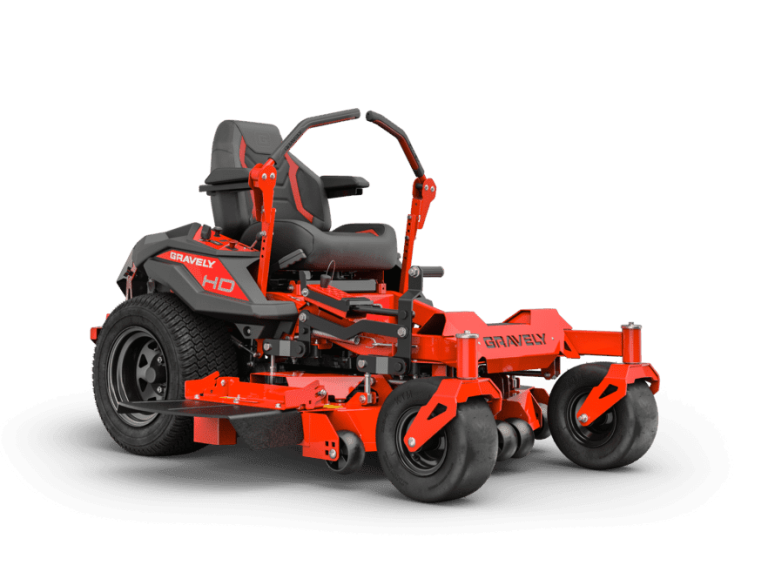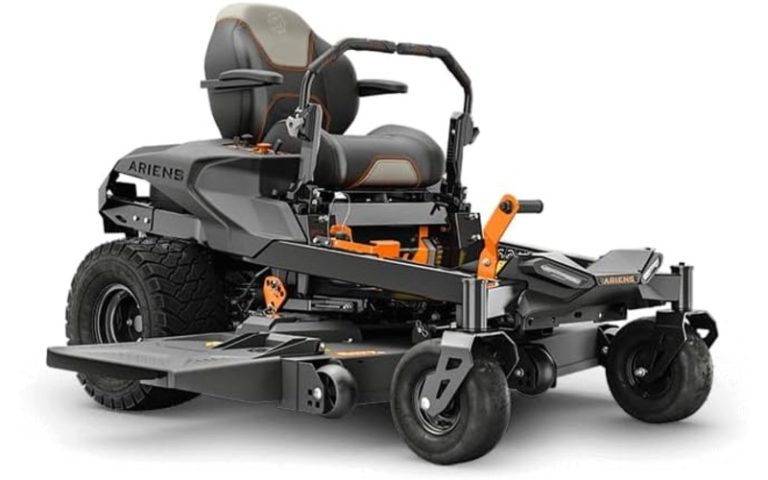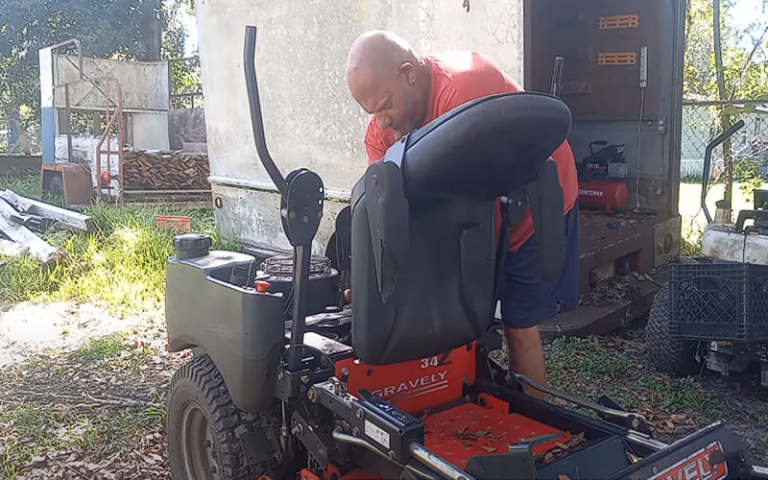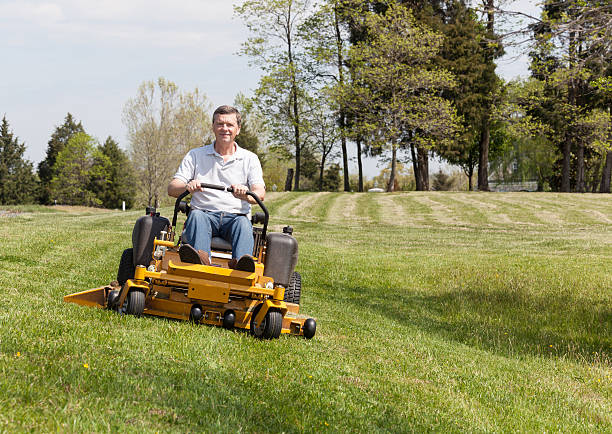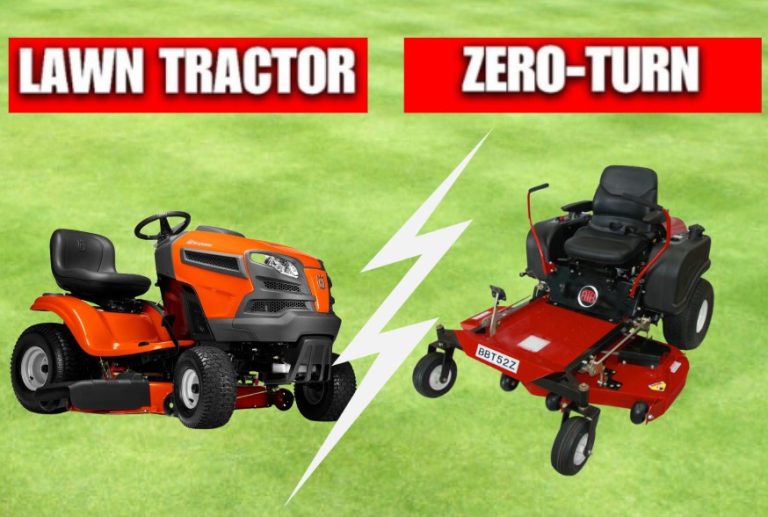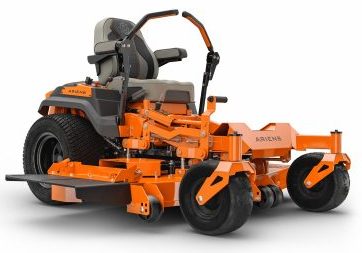how to sharpen zero turn mower blades
Maintaining a lush, healthy lawn requires more than just routine mowing—it demands proper care of your equipment. For zero turn mowers, one of the most critical maintenance tasks is sharpening the blades. Sharp blades ensure a clean, precise cut, promoting a healthier lawn and improving the efficiency of your mower. In this guide, we will walk you through the process of sharpening zero-turn mower blades, offering tips and techniques to keep your mower in peak condition.
Why Sharp Blades Matter
Before diving into the sharpening process, let’s explore why maintaining sharp blades is so important:
1. Optimal Cutting Performance
Sharp blades cut grass cleanly, resulting in a uniform and aesthetically pleasing lawn. Dull blades, on the other hand, tear grass, leading to a ragged appearance and potential lawn diseases.
2. Enhanced Efficiency
A sharp blade makes mowing easier for your mower. This reduces strain on the engine, which can lead to longer engine life and better fuel efficiency.
3. Extended Blade Longevity
Regular sharpening helps prevent excessive wear and tear on the blades, extending their lifespan and reducing the need for frequent replacements.
Tools and Materials Needed
Before starting, gather the following tools and materials:
- Wrenches or Socket Set: For removing the blades.
- Jack Stands or Mower Lift: To elevate the mower safely.
- Blade Sharpener or Bench Grinder: For sharpening the blades.
- Metal File or Sharpening Stone: For fine-tuning the edge.
- Protective Gloves and Goggles: For safety.
- Grease or Lubricant: To apply after sharpening.
Step-by-Step Guide to Sharpening Zero Turn Mower Blades
1. Prepare Your Mower

Ensure Safety
Start by turning off the mower and removing the ignition key. Disconnect the spark plug to prevent accidental starting. Make sure the mower is on a flat, stable surface.
Lift the Mower
Use a jack stand or mower lift to raise the mower deck. This will provide easier access to the blades and make the sharpening process more comfortable.
2. Remove the Blades

Locate the Blades
Identify the blades under the mower deck. They are typically mounted on a spindle.
Detach the Blades
Using your wrench or socket set, remove the bolts holding the blades in place. Exercise caution as the blades can be heavy. A block of wood can help prevent the blade from spinning while you loosen the bolts.
3. Clean the Blades
Before sharpening, clean the blades to remove any accumulated grass, dirt, or debris. A clean blade allows for a clearer view of its condition and facilitates a more effective sharpening process.
4. Sharpen the Blades

Choose Your Tool
You can use a blade sharpener, bench grinder, metal file, or sharpening stone. A bench grinder is highly effective for zero-turn mower blades due to its efficiency and ease of use.
Sharpening Technique
Hold the blade securely and begin sharpening. If using a bench grinder, maintain a consistent angle, typically around 30-45 degrees, to match the factory bevel. If using a metal file or sharpening stone, work in a consistent motion along the blade’s edge.
Balance the Blade
Sharpen both sides of the blade to maintain balance. An unbalanced blade can cause vibrations and uneven cuts. After sharpening, check the balance by hanging the blade on a nail or blade balancer tool. If one side dips, remove material from the heavier side until the blade balances evenly.
5. Reattach the Blades
Once the blades are sharp and balanced, reattach them to the mower. Ensure that the bolts are tightened securely to prevent any issues during operation.
6. Lubricate and Test
Apply grease or lubricant to the blade mounting points to prevent rust and ensure smooth operation. Lower the mower deck and perform a test cut on a small area of grass to check for proper operation and to ensure the blades are cutting effectively.
Tips for Maintaining Sharp Mower Blades

- Regular Inspections: Check your blades frequently for signs of dullness or damage. Routine sharpening should be part of your regular maintenance schedule.
- Avoid Hard Objects: Stones and sticks can dull blades quickly. Clear your mowing area of any debris before starting.
- Professional Sharpening Services: If you’re not comfortable sharpening the blades yourself, consider taking them to a professional. Many lawn care centers offer blade sharpening services.
Common Mistakes to Avoid
1. Over-Sharpening
Avoid over-sharpening, which can thin the blade and reduce its lifespan. Sharpen only as needed to maintain the proper cutting edge.
2. Improper Angle
Sharpening at the wrong angle can affect the blade’s performance and longevity. Always follow the manufacturer’s recommendations for the correct angle.
3. Neglecting Balance
An unbalanced blade can cause excessive vibrations, leading to damage and uneven cutting. Always check and adjust the balance after sharpening.
Conclusion
Sharpening zero-turn mower blades is essential for maintaining a healthy lawn and ensuring your equipment performs at its best. By following these steps and tips, you’ll be able to keep your blades in top shape, resulting in cleaner cuts, improved mower efficiency, and a longer blade lifespan. Regular maintenance of your mower blades not only enhances the appearance of your lawn but also contributes to the overall longevity and performance of your equipment. So, gear up, sharpen those blades, and enjoy a beautifully manicured lawn with your zero-turn mower.

Michael Anderson is a lawn care professional with many years of experience in the industry. His journey began in his family’s landscaping business, where he developed a passion for gardening and outdoor maintenance. Michael specializes in helping homeowners tackle challenging terrain, focusing on the best equipment and techniques for effective lawn care.
In 2024, he founded bestzeroturnmowerforhills.com to share his knowledge and help others find the ideal zero turn mower for hilly landscapes. His commitment to providing unbiased reviews and practical advice has made him a trusted resource for gardening enthusiasts.

